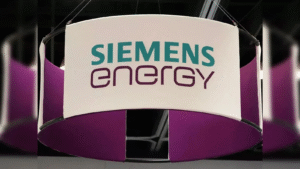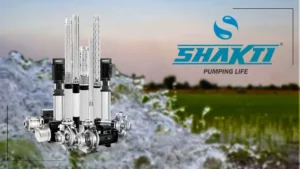1. At a Glance
Abbott India is that one pharma stock which behaves like it owns the patent on investor patience — zero debt, fat margins, and dividends that feel like pocket money from a rich uncle abroad. The company is essentially a cash-printing machine in a lab coat, flaunting a46% ROCE, 36% ROE, and aP/E multiple north of 48x. Translation? The market treats this stock less like a pill and more like a luxury good — overpriced, but people still line up for it.
2. Introduction
Imagine a company that started in 1944, survived license raj, generational governments, price controls, and still walks around today with the swagger of a 5-star cardiologist. That’s Abbott India.
It’s the India-listed arm of Abbott Laboratories (USA), a multinational that’s present in 160 countries. While its parent sells everything from nutrition shakes to life-saving diagnostics, the Indian cousin focuses on branded generics. And boy, does it milk the Indian doctor-prescription ecosystem.
Abbott’s growth formula is simple:create household brands → make them doctor favourites → throw in some TVCs → rake in money. Brufen, Digene, and Thyronorm are not just medicines — they’re practically family members in Indian households.
The company’s charm is that it doesn’t just run a pharma business; it runs abrand portfolio like an FMCG company. That’s why margins are fatter than a mithai shop’s Diwali season and returns on equity could make IT services giants jealous.
But the problem? With aprice-to-book ratio of 16.7x, the stock is priced like it comes with free health insurance.
3. Business Model (WTF Do They Even Do?)
Abbott India’s business model is like a college topper who cracked the system:
- Therapeutic spread: 125+ products in women’s health, gastroenterology, CNS, metabolic, and specialty care. Basically, a drugstore where 7 brands sit in India’s top 100.
- Brand addiction: 12 brands are ranked #1 in their segment. Doctors prescribe them like auto-rickshaw drivers honking at traffic lights.
- Distribution army: 3,250 sales reps, i.e., pharma’s foot soldiers who do chai-biscuit rounds at clinics daily.
- Manufacturing: A Goa plant handles ~14% of sales; the rest outsourced to contract manufacturers. Why build factories when India is full of them already?
- Geography: 98% of revenues are India-centric, exports are barely 2%. This isn’t Sun Pharma conquering the U.S. FDA — this is Abbott keeping India hooked.
Revenue visibility? Crystal clear. Pricing power? Better than Netflix. R&D costs? Low, because branded generics = repackaging old molecules with shiny branding.
4. Financials Overview
Quarterly Performance Snapshot(₹ Cr.)
| Metric | Jun 2025 | Jun 2024 | Mar 2025 | YoY % | QoQ % |
|---|---|---|---|---|---|
| Revenue | 1,738 | 1,558 | 1,605 | 11.6% | 8.3% |
| EBITDA | 446 | 391 | 429 | 14.0% | 4.0% |
| PAT | 366 | 328 | 367 | 11.5% | -0.3% |
| EPS (₹) | 172.2 | 154.4 | 172.7 | 11.6% | -0.3% |
Annualised EPS= 172.2 × 4 =₹688.8At CMP ₹33,265 →P/E ~ 48.3x(expensive enough to buy you a hospital bed).
Commentary:
- Revenue grew like a normal human being (11%), but profits strutted in at double digits with margins intact.
- QoQ stagnation in PAT shows the company’s quarterly results are more predictable than Bollywood remakes.
- P/E of 48x vs industry median 33x screams: “Pay up if you want safety.”
5. Valuation (Fair Value RANGE only)
Method 1: P/E Approach
- EPS (TTM): ₹683
- Industry P/E avg: ~33x
- FV Range = 683 × (35–40) =₹23,905 – ₹27,320
Method 2: EV/EBITDA
- EBITDA (TTM): ₹1,749 Cr
- EV: ₹69,257 Cr
- EV/EBITDA: 34x (vs peer avg 20–25x)
- FV Range (20–25x) = 1,749 × (20–25) =₹34,980 – ₹43,725 Cr EV→ Per share FV = ₹16,500 – ₹20,600
Method 3: DCF (Quick & Dirty)
- FCF ~₹1,000 Cr
- Growth 10%, discount


















